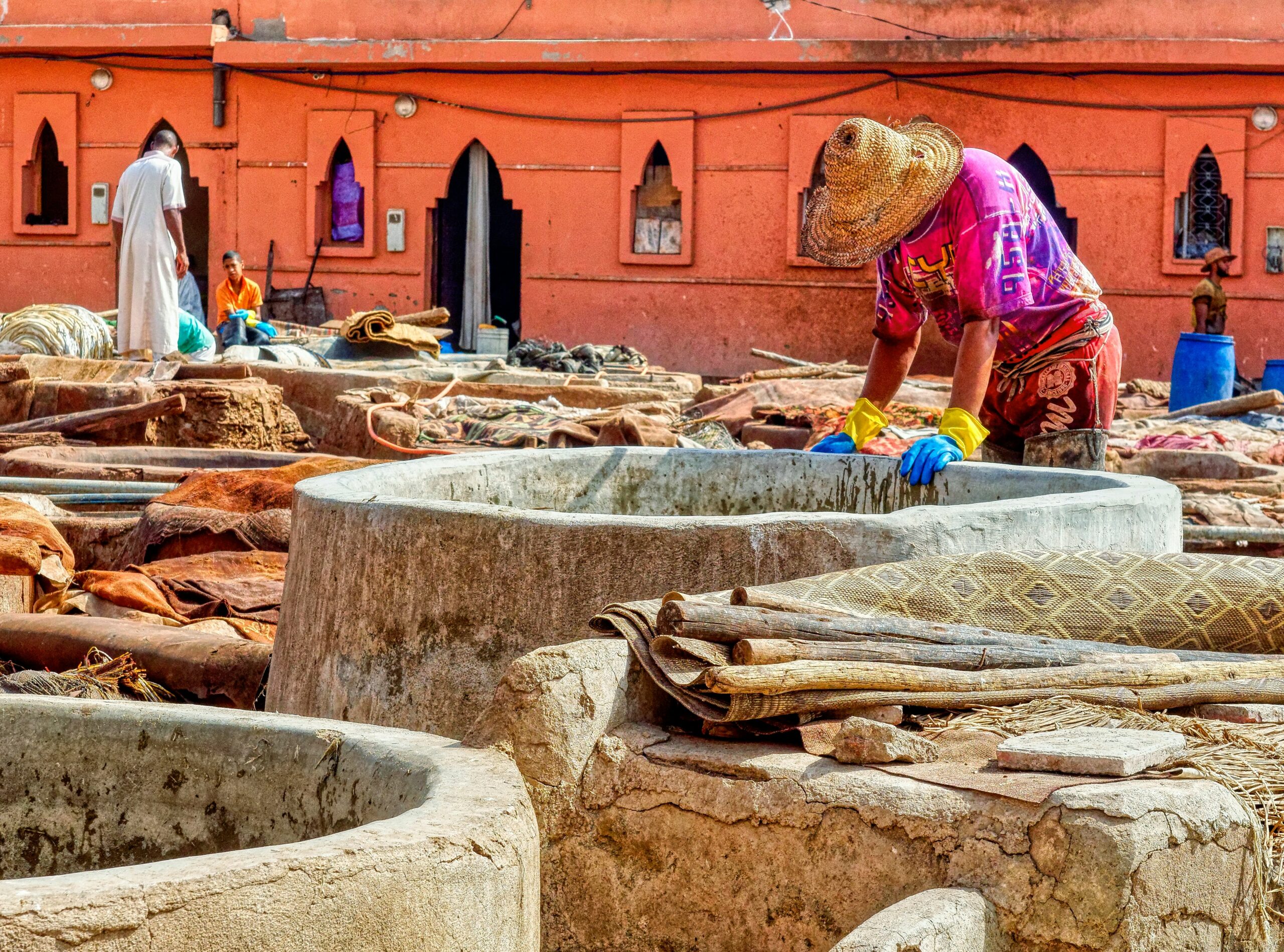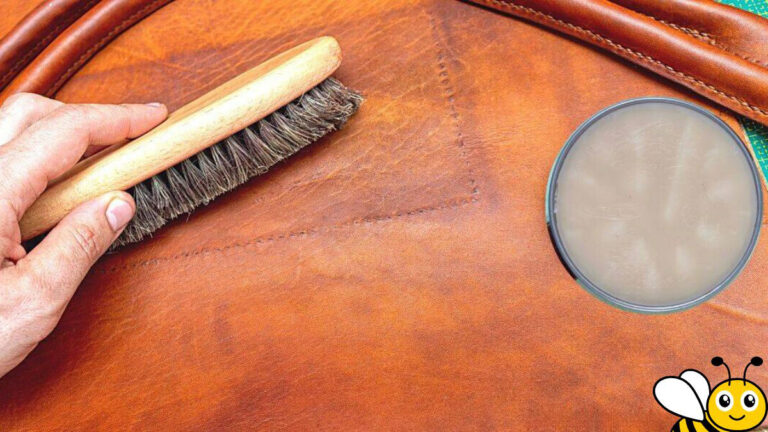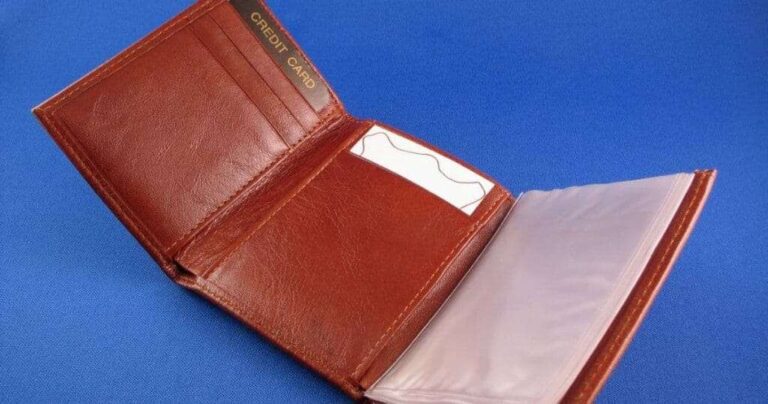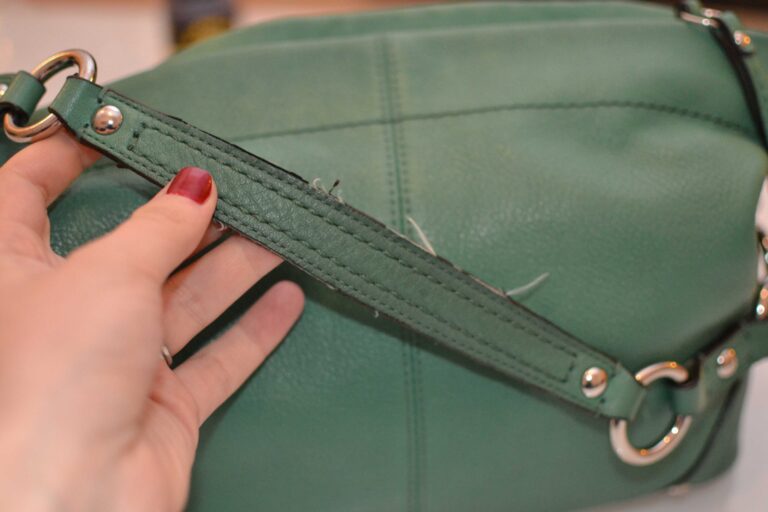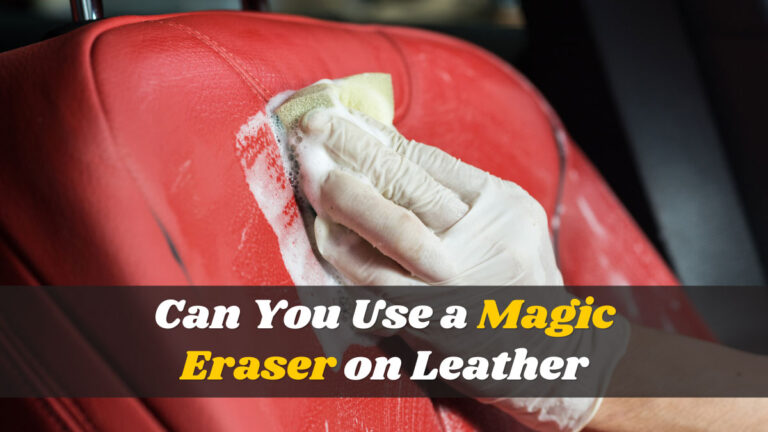Shield Your Investment: Expert Tips on Caring for Leather Gloves
Cleaning Leather Gloves
Leather gloves are a valuable investment that require proper care to maintain their look and longevity. Cleaning your leather gloves is essential for preserving their appearance and functionality. Here, we’ll discuss why this is important and the different types of leather gloves that exist.
Importance of Cleaning Leather Gloves
Cleaning your leather gloves ensures that they remain free from dirt, grime, and oils that can accumulate over time. Regular cleaning prevents:
- Discoloration: Natural oils and dirt can discolor leather.
- Wear and Tear: Dirt particles can cause abrasions and weaken the leather.
- Odor: Buildup of sweat and oils can cause your gloves to smell over time. For more information, read our guide on how to remove odor from leather gloves.
Cleaning also helps in:
- Longevity: Proper maintenance can extend the lifespan of your leather gloves.
- Performance: Clean gloves provide better grip and comfort.
Types of Leather Gloves
Understanding the type of leather is crucial for determining the appropriate cleaning method. Different leathers require specific care (Clotheslyne).
Full-Grain Leather
Full-grain leather retains the skin’s original texture, making it highly durable. However, this also makes it more absorbent to dirt and oils. Full-grain leather gloves need careful handling to avoid damaging their robust yet vulnerable surface.
| Leather Type | Durability | Ease of Cleaning | Absorbency |
|---|---|---|---|
| Full-Grain | High | Moderate | High |
Top-Grain Leather
Top-grain leather is smoother compared to full-grain but still retains a strong wear-resistant quality. This type of leather is easier to clean and less absorbent, making it an ideal choice for everyday use.
| Leather Type | Durability | Ease of Cleaning | Absorbency |
|---|---|---|---|
| Top-Grain | Moderate-High | Easy | Low-Moderate |
Genuine Leather
Genuine leather is often more affordable and lower in quality compared to full-grain or top-grain. It requires careful handling to avoid wear and tear during the cleaning process.
| Leather Type | Durability | Ease of Cleaning | Absorbency |
|---|---|---|---|
| Genuine | Moderate | Moderate | Moderate |
Suede Leather
Suede gloves are luxurious and delicate, requiring special care to maintain their soft nap and avoid water damage (Clotheslyne). Suede is particularly vulnerable to stains and should be cleaned using specific products designed for it.
| Leather Type | Durability | Ease of Cleaning | Absorbency |
|---|---|---|---|
| Suede | Low-Moderate | Hard | High |
For each type of leather, it’s crucial to check the manufacturer’s instructions before commencing cleaning. Use suitable cleaning solutions and techniques to ensure the durability and appearance of your gloves are maintained.
By understanding these different types of leather and their unique care requirements, you can effectively clean your leather gloves and preserve their quality for years to come. For more information on specific cleaning methods, visit our detailed guides like how to wash leather shoes and how to wash leather jacket.
Handwashing Leather Gloves
Properly washing leather gloves is essential to maintain their durability and appearance. Handwashing is a reliable method that prevents harm such as stretching or distortion, preserving the integrity of your gloves.
Method for Handwashing
The recommended handwashing method for leather gloves includes the following steps:
- Gather Your Supplies: You will need cold water, a few drops of mild liquid detergent, and a soft sponge or cloth. Avoid hot water as it can shrink leather (Clotheslyne).
- Prepare the Solution: Fill a basin with cold water and add a few drops of mild liquid detergent. Mix gently to create a soapy solution.
- Clean the Gloves: Submerge one glove at a time in the soapy water. Using the soft sponge or cloth, gently clean the surface of the glove. Pay attention to areas with visible stains or dirt.
- Rinse Thoroughly: After cleaning, rinse the glove thoroughly under cold running water to remove all soap residues. Ensure no detergent remains on the leather.
- Gently Squeeze: Lightly squeeze out excess water without twisting or wringing the gloves, which can deform the leather.
For more guidance on preserving leather items, explore our article on how to wash leather jackets.
Cleaning Solutions for Leather
Using suitable cleaning solutions is crucial for maintaining the longevity and appearance of leather gloves. Here are some recommended options:
| Cleaning Solution | Recommended For |
|---|---|
| Mild Liquid Detergent | General cleaning for genuine leather gloves |
| Leather Cleaner | Specifically formulated for various types of leather |
When selecting a leather cleaner, ensure it is appropriate for the specific type of leather your gloves are made from. Always follow the manufacturer’s instructions to avoid any damage (Clotheslyne).
Consider using a leather conditioning product after cleaning to keep the leather supple and prevent cracks. For tips on softening hard leather, you can check our article on how to soften hard leather.
By following these techniques and using suitable cleaning solutions, you can effectively maintain the appearance and longevity of your leather gloves. For additional tips on leather care, visit our related articles such as how to wash leather bag and how to wash leather shoes.
Drying Techniques for Leather Gloves
Ensuring that your leather gloves are dried correctly is crucial to maintaining their quality and lifespan. Here are the best practices for drying leather gloves.
Natural Drying Process
After washing leather gloves, it is essential to let them air dry in a cool, shaded area. This helps prevent irreversible shrinkage of the leather (The Spruce).
- Pat Dry: Gently pat the gloves with a soft towel to remove excess water.
- Shape: Put the gloves on your hands for a minute to reshape them.
- Air Dry: Place the gloves in an upright position in a well-ventilated area away from direct sunlight and heat sources.
This method helps the gloves maintain their shape and prevents skin loss or cracking.
| Drying Method | Steps to Follow |
|---|---|
| Pat Dry | Use a soft towel to remove excess water. |
| Shape | Put on gloves to reshape. |
| Air Dry | Place in an upright position, in a well-ventilated, cool, shaded area. |
Avoiding Heat Sources
Drying leather gloves with direct heat can cause severe damage, such as cracking or shrinkage. It is advised to avoid drying leather gloves using hair dryers, heaters, or ovens (Nikwax Blog).
- Heat Damage: Direct heat can cause the leather to become brittle or crack.
- Natural Drying: Stick to natural drying methods, as previously described, to ensure the longevity of your gloves.
Using a leather conditioner after drying helps to replenish the natural oils in the leather, preventing brittleness and maintaining softness.
Understanding these drying techniques will ensure that your leather gloves remain in pristine condition. For more information on how to wash leather gloves and maintain their quality, check out our other guides and tips.
Special Care for Different Leather Types
Leather gloves come in various types, each requiring distinct care methods to maintain their quality and longevity. Here, we’ll explore how to care for full-grain leather and suede leather gloves, two popular types with unique maintenance needs.
Full-Grain Leather Care
Full-grain leather is known for its durability and natural texture. While it’s resilient, it can also be absorbent to dirt and grease. Proper care involves specific techniques to preserve its integrity.
Cleaning Full-Grain Leather Gloves:
- Remove Surface Dirt: Use a soft, dry cloth to wipe off any dirt or dust from the gloves.
- Apply Leather Cleaner: Use a specially formulated leather cleaning solution. Apply a small amount to a clean, damp cloth and gently rub it onto the gloves. Avoid soaking the leather.
- Drying: Allow the gloves to air dry naturally in a cool, well-ventilated area. Avoid direct sunlight or heat sources to prevent the leather from cracking.
Conditioning Full-Grain Leather:
Regular conditioning is crucial to maintain the suppleness of full-grain leather. Use a high-quality leather conditioner and apply it sparingly with a clean cloth. Work it into the leather using circular motions. This helps to keep the leather moisturized and prevent it from becoming brittle.
For additional information on why does leather crack and peel, you can refer to our detailed guide.
Suede Leather Maintenance
Suede leather is luxurious and soft, but it requires more delicate handling. The soft nap can easily become damaged if not cared for properly.
Cleaning Suede Leather Gloves:
- Brush Off Dirt: Use a suede brush to gently remove surface dirt and debris. This helps to lift the nap and maintain the glove’s softness.
- Remove Stains: For light stains, you can use a white vinegar and water solution. Moisten a cloth with the solution and gently dab the stained area. For ink or oil stains, use a cloth moistened with rubbing alcohol.
- Drying: Blot the cleaned area with a dry cloth and allow the gloves to air dry naturally. Make sure to avoid any heat sources as they can cause water stains and damage the material.
Maintaining Suede’s Nap:
To keep the suede’s texture soft and plush, use a suede brush regularly. Brush in one direction to maintain the uniform appearance of the nap. If the suede becomes flattened, a little steam from a clothes steamer can help to refresh it.
For more information on maintaining the condition of your leather goods, including how to get various stains out of leather like oil or water, check out our articles on how to get oil out of leather and how to get water stains out of leather.
Taking proper care of your leather gloves, whether full-grain or suede, will ensure they remain in excellent condition for years to come. For severe stains or damage, consider professional leather cleaning services to restore your gloves effectively.
Additional Tips for Leather Gloves
To keep your leather gloves in excellent condition, there are several additional care tips you should follow. These include proper leather conditioning and considering professional cleaning services when necessary.
Leather Conditioning
Applying a leather conditioner after cleaning your gloves is essential for maintaining their durability and softness. Conditioning helps restore the natural oils that can be stripped away during cleaning, preventing brittleness and cracking (Clotheslyne).
Here are some key steps for conditioning your leather gloves:
- Clean the Gloves: Ensure your gloves are clean and dry before applying any conditioner.
- Choose the Right Conditioner: Select a conditioner that is suitable for the type of leather your gloves are made from.
- Apply the Conditioner: Use a soft cloth to apply a thin layer of conditioner to the gloves, working it into the leather in circular motions.
- Let it Absorb: Allow the conditioner to absorb into the leather for a few hours, or overnight if possible.
- Buff the Gloves: After the conditioner has fully absorbed, buff the gloves with a clean, dry cloth to remove any excess product and restore their shine.
| Leather Type | Recommended Conditioner Frequency |
|---|---|
| Full-Grain Leather | Every 3-6 months |
| Suede Leather | Every 6-12 months |
For more tips on leather care, check out our guide on how to soften hard leather.
Professional Cleaning Services
While regular cleaning and conditioning can keep your leather gloves in good condition, there are times when professional cleaning services are advisable. For instance, if your gloves have severe stains or damage, expert care is recommended to prevent further harm to the leather (Clotheslyne).
Professional cleaning services offer several benefits:
- Expertise: Professionals have the knowledge and experience to handle different types of leather gloves, including those lined or trimmed with natural fur.
- Specialized Tools and Products: They use specialized tools and products developed specifically for cleaning and restoring leather, ensuring optimal results.
- Care for Special Leather Types: Gloves made from delicate materials, such as suede or fur-lined leather, should be handled by professionals to avoid damage. Check our tip on how to wash leather gloves.
By following these additional tips for leather glove care, you can keep your gloves looking and feeling luxurious for years to come. For more detailed advice on leather maintenance, be sure to explore our other articles on leather care, such as why does leather crack and peel and how to get scratches out of leather shoes.
Maintaining Leather Work Gloves
Cleaning After Each Use
Proper maintenance of leather work gloves involves routine cleaning after each use. By following a cleaning regimen, you can extend the lifespan of your gloves and maintain their functionality. For detailed instructions on how to wash leather gloves, refer to our guide.
- Remove Dirt and Debris: Gently shake off or brush away loose dirt and debris from your gloves.
- Spot Cleaning: For light stains, use a damp cloth and mild soap to gently clean the affected areas. Avoid soaking the leather.
- Deep Cleaning: For a more thorough cleaning, handwash the gloves using a leather-specific cleaning solution. Avoid using harsh chemicals. For more details, see how to wash leather jacket in washing machine.
Proper Storage Practices
Storing your leather work gloves properly is essential to maintain their shape and prevent damage. Follow these guidelines to ensure your gloves remain in good condition:
- Cool, Dry Place: Store your gloves in a cool, dry area away from direct sunlight to prevent the leather from drying out and cracking. Refer to our guide on why does leather crack and peel for more information.
- Avoid Humidity: Keep your gloves in a low-humidity environment. Excess moisture can lead to mold and mildew growth.
- Use a Storage Box: Place your gloves in a breathable storage box or fabric bag to protect them from dust and accidental damage.
- Maintain Shape: Stuff your gloves with acid-free tissue paper to help them maintain their shape while in storage.
Regular maintenance and appropriate care procedures can significantly prolong the lifespan of your leather work gloves, ensuring they remain functional and in good condition.
For additional insights on caring for leather items, explore our articles on how to soften hard leather and how to remove smell from leather jacket.

